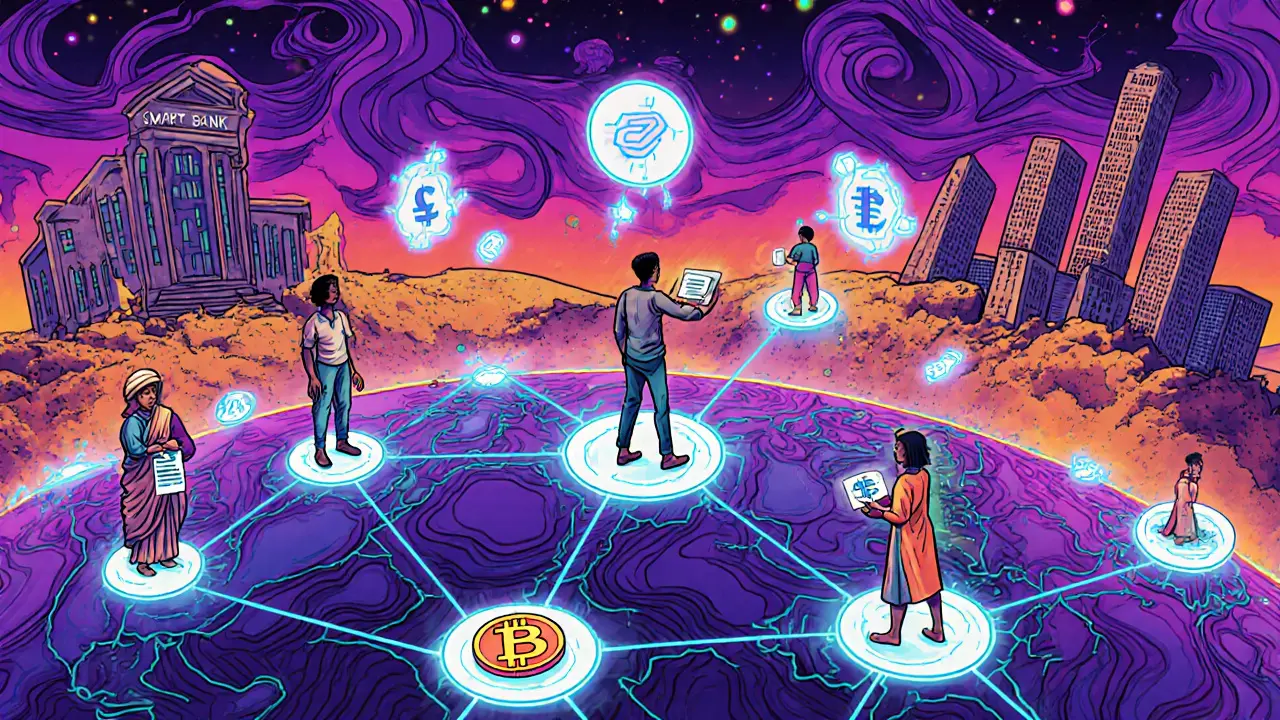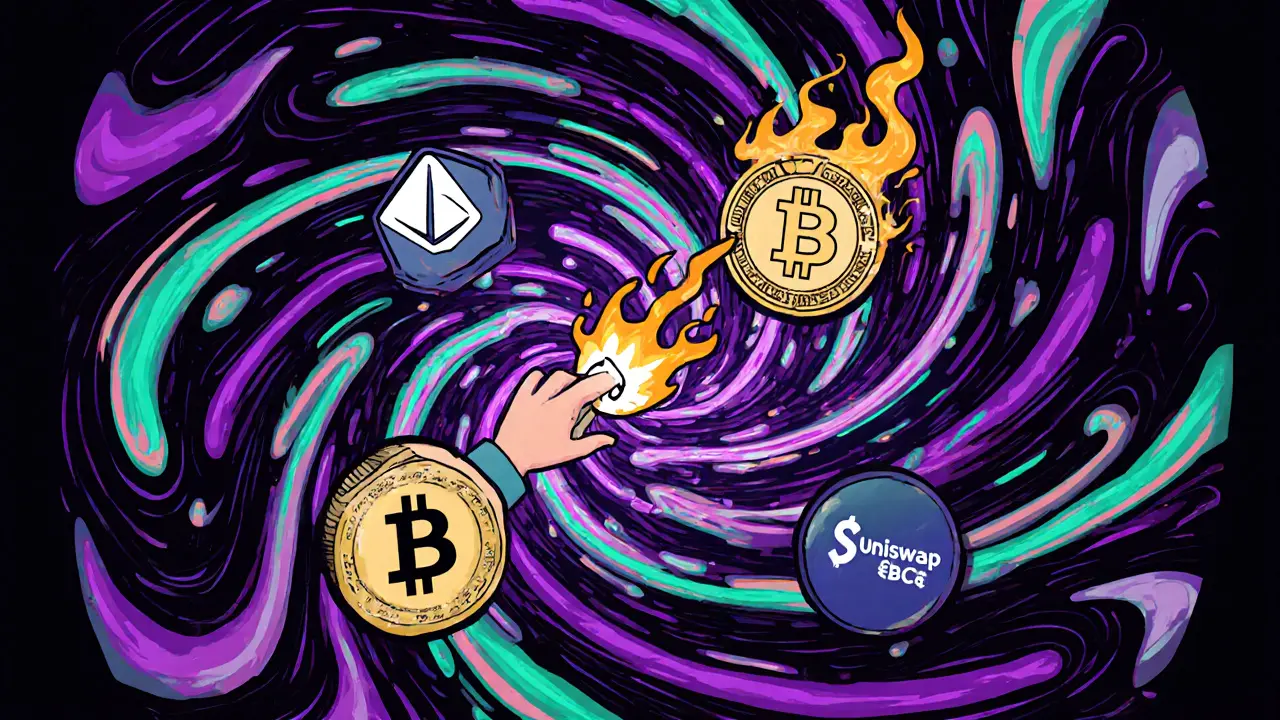DeFi Explained: What It Is, How It Works, and What You Need to Know in 2025
When you hear DeFi, short for decentralized finance, it refers to financial systems built on blockchain that remove banks and middlemen. Also known as open finance, it lets you lend, borrow, trade, and earn interest without needing a bank account or approval from a company. This isn’t theory—it’s happening right now on networks like Ethereum and Solana, where people are swapping tokens, locking up cash for rewards, and trading assets without a single human in the loop.
DeFi DeFi exchanges, like Uniswap and DeGate, let you trade crypto directly from your wallet without a central platform holding your money. These aren’t just apps—they’re smart contracts that run automatically. You don’t sign up. You don’t verify your ID. You just connect your wallet and trade. But not all of them work well. Some, like JulSwap, have faded out because no one’s using them. Others, like Saros Finance, are pushing new tech like DLMM v3 to make trading faster and cheaper. The ones that survive are the ones that actually solve real problems—not just hype.
Behind every DeFi project is a DeFi token, a digital asset that powers the system—used for voting, paying fees, or earning rewards. Some, like SAROS or MSU, are tied to actual platforms you can use. Others, like EKTA or VATAN, are just names on a blockchain with no real use. A token doesn’t mean value. A working system does. That’s why you’ll see posts here about real DeFi apps with real users, not ghost projects with fake promises.
DeFi isn’t just about trading. It’s about ownership. It’s about taking control of your money instead of trusting someone else to hold it. That’s why wallet security matters so much—because if you lose your keys, there’s no customer service to call. That’s why tokenization of real-world assets, like property or bonds, is growing fast. People aren’t just betting on crypto anymore—they’re using blockchain to turn actual things into digital assets you can trade like stocks.
What you’ll find here isn’t fluff. No vague promises. No "next big thing" buzzwords. Just real breakdowns of what’s actually working in DeFi right now—which exchanges have real liquidity, which tokens have real utility, and which projects are just dead code with a website. You’ll see why some DEXs are worth your time and others are traps. You’ll learn what makes a DeFi project sustainable—and what makes it vanish overnight. This isn’t about getting rich quick. It’s about understanding the system so you don’t get left behind.
How DeFi is Disrupting Traditional Finance
DeFi is changing finance by removing banks, cutting fees, and giving global access to lending, trading, and savings-all through blockchain and smart contracts. Here’s how it’s disrupting traditional finance and who’s really benefiting.
Use Cases for Flash Loans in DeFi: Arbitrage, Liquidations, and More
Flash loans enable instant, collateral-free borrowing in DeFi for arbitrage, liquidations, and collateral swaps-all within a single blockchain transaction. Learn how they work and why they matter.

